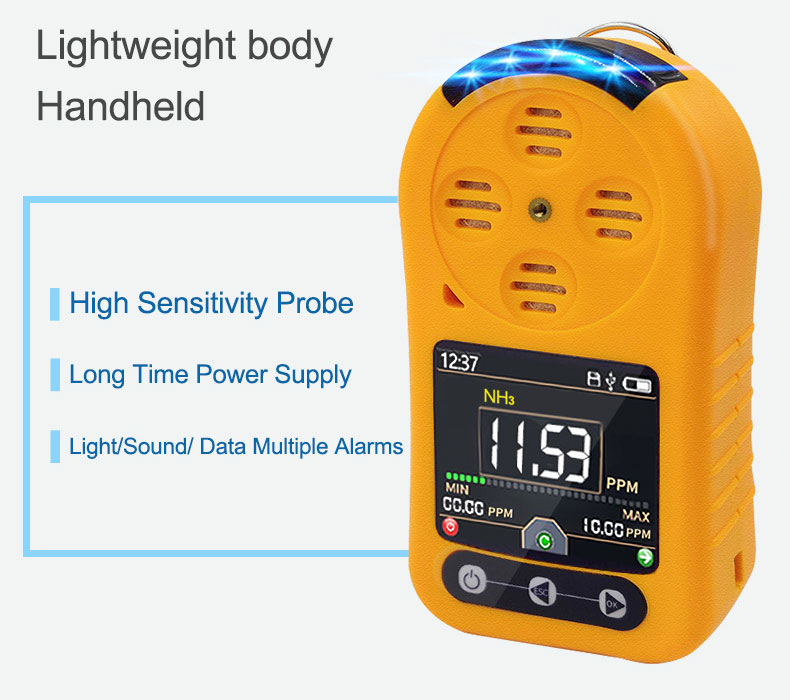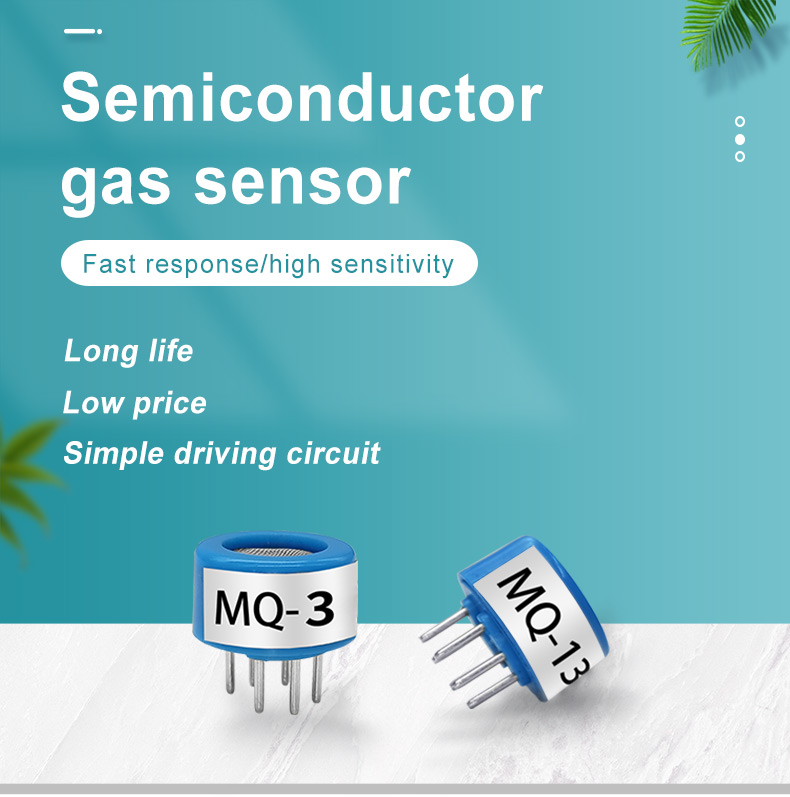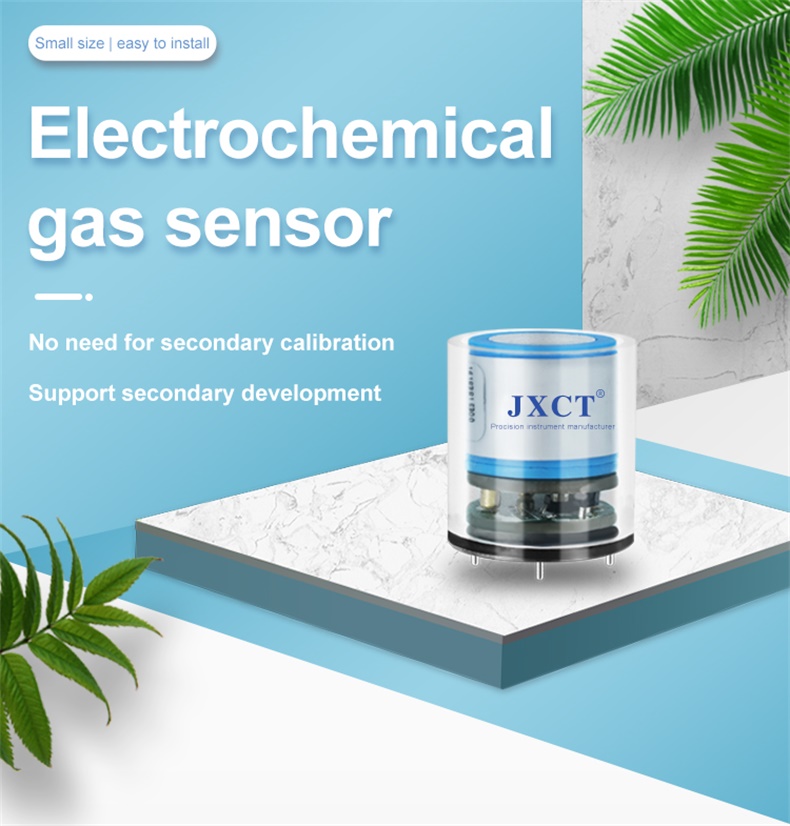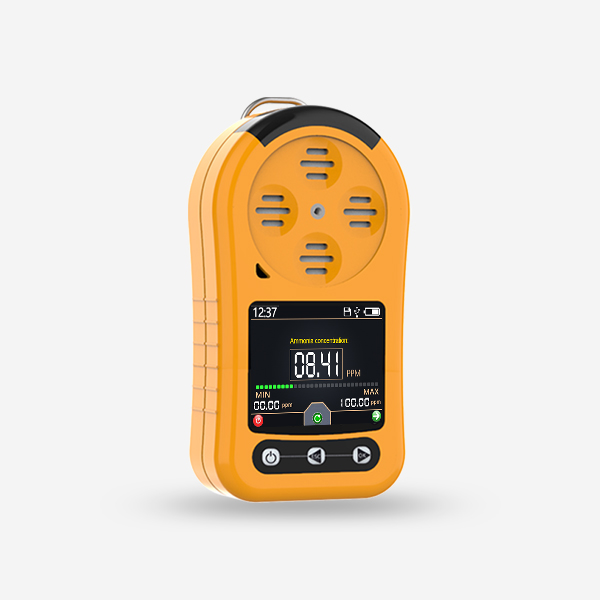Combustible gas detectors monitors hydrogen, carbon monoxide, methane, propane, ethylene, hydrogen sulfide and so on. Many combustible gases are toxic in their own right, such as carbon monoxide, hydrogen sulfide and chlorine.

Once these flammable gases exceed a certain concentration, they may explode or cause fire accidents. There are different requirements for detecting different combustible gases. How to choose the right combustible gas detectors?
Combustible gas sensors mainly include semiconductor sensor, catalytic combustion sensor, electrochemical sensor and infrared sensor. They are suitable for combustible gas detection in different applications.
1. semiconductor sensor
In general household field, it is usually required to be able to quickly detect when the concentration of combustible gas leakage is low, and it must be long-term maintenance-free which is convenient for home use.
The semiconductor combustible gas sensor has low detection limit and long life span. There is only gas adsorption and desorption during the detection process and the cooking oil fume is less residual on the surface of sensitive materials. It is the best choice for household alarms.

2.Catalytic combustion sensor
Catalytic combustion combustible gas detectors is the most widely used gas alarm sensor in the world. It has fast response speed and the accuracy and repeatability is extremely good. Up to the lower explosion limit concentration (LEL), the output of the sensor is almost proportional to the gas concentration, it is suitable for quantitative detection in coal mine, petroleum, chemical industry, combustible gas and other fields.

However, the catalytic combustion sensor operating temperature is high, the catalyst is easy to lose activity. Adhesives and rubber products in the environment release silicone and sulfide can easily cause sensor failure. In the industrial field, we use standard gas to calibrate the alarm regularly to prevent the accuracy from dropping.
3.Electrochemical detectors
For the detection of low concentration carbon monoxide in artificial coal gas and incomplete combustion process, due to the high toxicity of carbon monoxide, the alarm point generally does not exceed 200ppm. In order to prevent false alarm or not alarm, it is best to choose electrochemical sensor with high sensitivity and precision.

4.NDIR Combustible Gas Sensor
The NDIR combustible gas detectors uses the principle of non-dispersive infrared (NDIR) to detect hydrocarbon combustible gases in the air. NDIR gas sensor has the advantages of good selectivity, strong anti-interference ability, not easy to poison, no calibration. It has played an important role in industrial safety and gas detection in recent decades.

